How Far Can A Telescope See?
When it comes to the question of how far a telescope can see, the answer is not as straightforward as one might think. The distance a telescope can observe depends on several factors, including the type of telescope, its aperture size, the quality of its optics, the atmospheric conditions, and the brightness of the objects being observed. In this article, we will delve into these factors to provide a comprehensive understanding of the capabilities of telescopes and how far they can truly see.
Understanding Telescope Types and Their Capabilities

There are several types of telescopes, each with its own strengths and limitations. The most common types are refracting telescopes, reflecting telescopes, and compound (or catadioptric) telescopes.
1. Refracting Telescopes: These use lenses to gather and focus light. They are known for their sharp and high-contrast images, making them ideal for observing planets and the moon. However, they are generally limited in aperture size due to the difficulty and expense of manufacturing large lenses.
2. Reflecting Telescopes: These use mirrors instead of lenses to gather light. They can be made with much larger apertures than refractors, allowing them to collect more light and see fainter objects. Reflectors are often used for deep-sky observations, such as viewing distant galaxies and nebulae.
3. Compound Telescopes: These combine lenses and mirrors to offer a compact design with good optical performance. They are versatile and can be used for a wide range of astronomical observations.
The Role of Aperture Size

The aperture size of a telescope, which is the diameter of its primary lens or mirror, is one of the most critical factors in determining how far it can see. A larger aperture allows the telescope to gather more light, which is essential for observing faint and distant objects. For example, a small 60mm refractor might be able to see the moons of Jupiter and some of the brighter deep-sky objects, while a large 200mm reflector can reveal much fainter galaxies and nebulae.
Light-Gathering Power and Magnitude
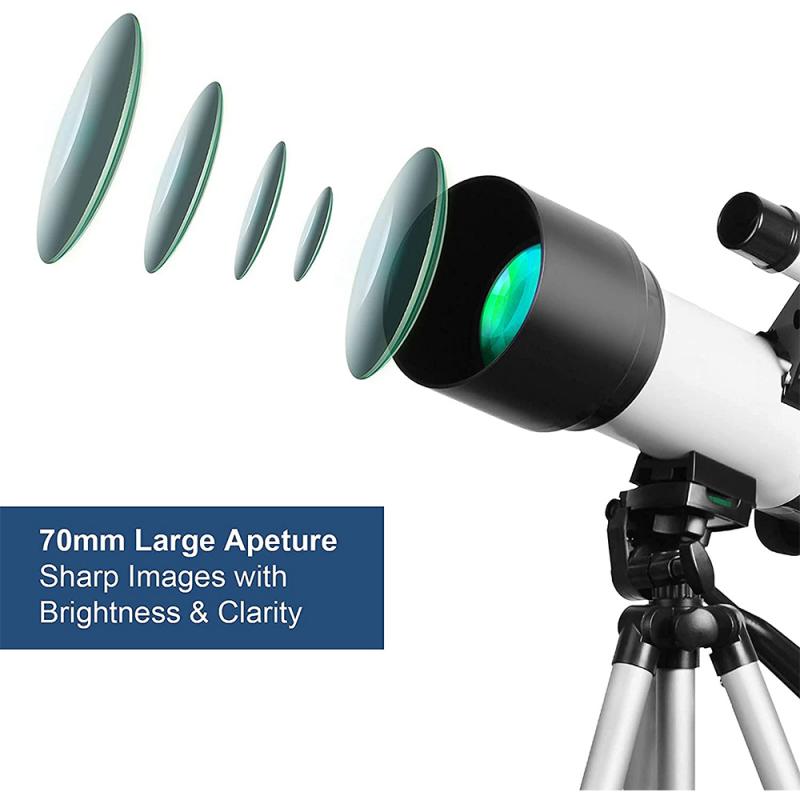
The light-gathering power of a telescope is directly related to its aperture size. This power determines the telescope's ability to see faint objects. Astronomers measure the brightness of objects using a scale called magnitude. The lower the magnitude number, the brighter the object. For instance, the brightest stars have a magnitude of around 0 or 1, while the faintest objects visible with the naked eye have a magnitude of about 6.
A telescope with a larger aperture can detect objects with higher magnitudes (fainter objects). For example, a 100mm telescope can typically see objects with a magnitude of around 12, while a 200mm telescope can see objects with a magnitude of around 14. This means that the larger telescope can observe objects that are about 2.5 times fainter than those visible with the smaller telescope.
Atmospheric Conditions and Light Pollution
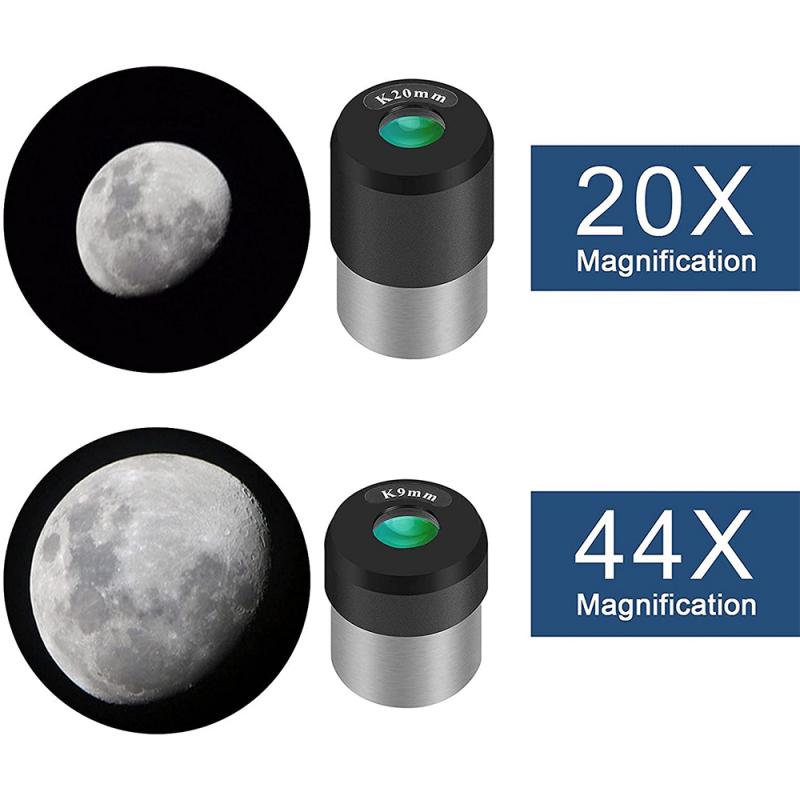
Even the most powerful telescopes are limited by the Earth's atmosphere. Atmospheric turbulence, known as "seeing," can blur images and reduce the telescope's effective resolution. Observatories located at high altitudes, such as those on Mauna Kea in Hawaii, are positioned above much of the Earth's atmosphere, providing clearer and more stable views.
Light pollution from artificial lights in urban areas can also significantly impact a telescope's ability to see faint objects. Observing from a dark-sky location, far from city lights, can greatly enhance the telescope's performance.
Theoretical Limits and Practical Observations
In theory, there is no limit to how far a telescope can see. The Hubble Space Telescope, for example, has observed galaxies over 13 billion light-years away, capturing light that has traveled for most of the age of the universe. However, practical limitations, such as the telescope's aperture, the quality of its optics, and the observing conditions, play a significant role in determining what can be seen.
Examples of Observational Capabilities
To provide a clearer picture of what different telescopes can observe, let's look at some specific examples:
1. Small Refractor (60-80mm): These telescopes are great for beginners and can show detailed views of the moon, the planets (such as Jupiter's moons and Saturn's rings), and some of the brighter deep-sky objects like the Orion Nebula and the Andromeda Galaxy.
2. Medium Reflector (150-200mm): These telescopes can reveal much more detail in deep-sky objects. They can show the spiral arms of galaxies, the structure of nebulae, and many more star clusters. They are also capable of resolving individual stars in globular clusters.
3. Large Reflector (250mm and above): These telescopes are used by serious amateur astronomers and can see very faint objects. They can observe distant galaxies, faint nebulae, and even some of the more obscure objects cataloged by astronomers. They can also provide stunning views of planets and the moon with high resolution.
The Future of Telescopic Observations
With advancements in technology, the capabilities of telescopes continue to improve. The James Webb Space Telescope (JWST), set to launch soon, will have a much larger aperture than Hubble and will observe in the infrared spectrum, allowing it to see even further into the universe and peer through dust clouds that obscure visible light.
Ground-based telescopes are also advancing, with projects like the Extremely Large Telescope (ELT) and the Giant Magellan Telescope (GMT) promising to revolutionize our understanding of the cosmos. These telescopes will have apertures measuring tens of meters, providing unprecedented light-gathering power and resolution.
The question of how far a telescope can see is multifaceted and depends on various factors, including the type of telescope, its aperture size, atmospheric conditions, and light pollution. While small telescopes can provide stunning views of nearby celestial objects, larger telescopes can peer deep into the universe, revealing faint and distant galaxies. As technology advances, the limits of telescopic observations continue to expand, offering exciting possibilities for future discoveries in astronomy. Whether you are a beginner or an experienced astronomer, understanding these factors can help you make the most of your observations and appreciate the incredible capabilities of modern telescopes.



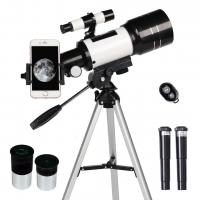
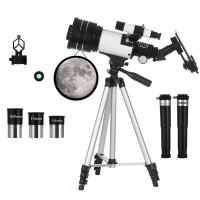
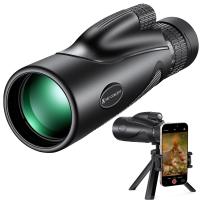

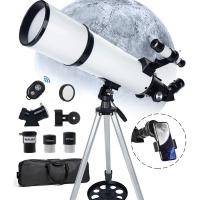
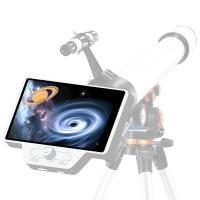
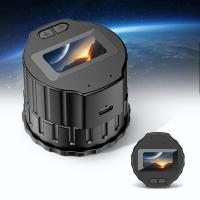
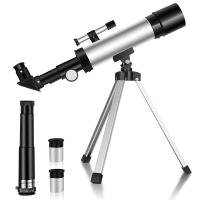
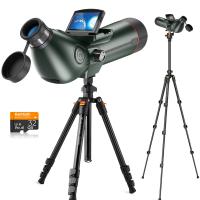
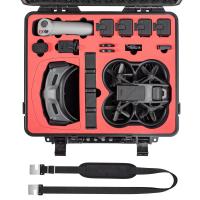


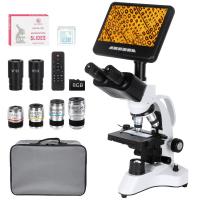

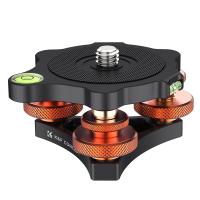



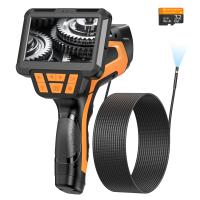
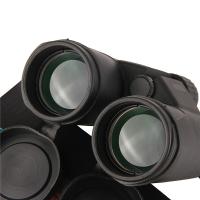


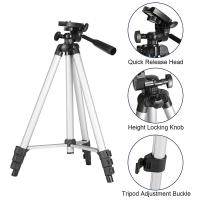
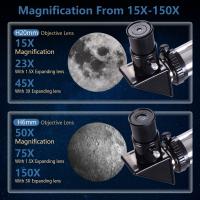
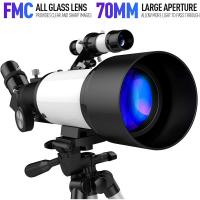
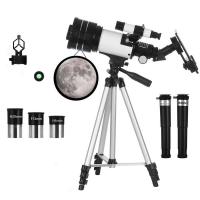













There are no comments for this blog.